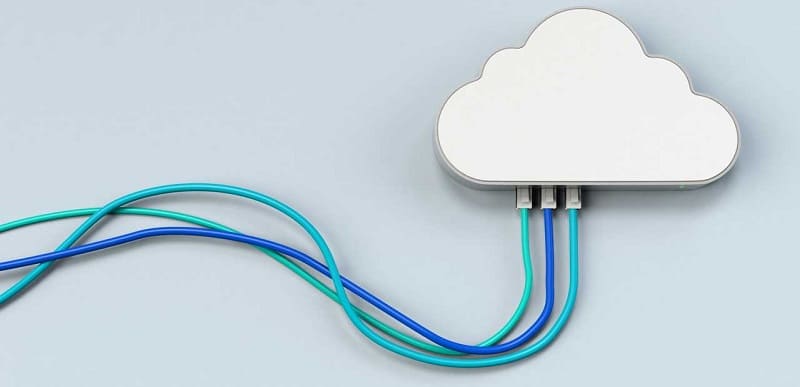Connecting business-critical systems with the cloud opens up a universe of opportunities for corporations while generating several new ‘headaches’.
In order to ensure the uninterrupted operation of the companies’ mission-critical systems, their Information Technology professionals consider this type of connection to be dangerous. In fact, the thoughtful connection of mission-critical systems to the world of cloud computing can bring difficulties that go well beyond security issues.
On the other hand, as cloud computing becomes more and more widespread, the benefits that companies can reap by connecting their mission-critical cloud systems are ever greater.
In this text, we present some of these benefits. In Part II we will look at the essential care that needs to be taken to ensure that the proposed integration succeeds.
Cloud Computing: Far Beyond Infrastructure
Cloud computing is seen by many who have followed it since its inception as an alternative to internal IT infrastructure management: instead of buying and maintaining a growing pool of servers and other equipment within the enterprise, these are allocated (according to the needs) and managed in external environments owned by third parties (the cloud providers). Discussions about the public, private, and hybrid clouds are the results of this approach.
However, cloud computing has become yet another tool for removing borders between countries: if a few decades ago transnational data traffic was discussed (and there are still some who insist on legislating on the subject), today cloud computing allows teams composed of geographically dispersed professionals around the globe work cooperatively to meet demands that were previously unattainable or restricted to large multinational companies with users anywhere on the planet.
The traditional divide in the IT industry, where large multinational companies focused on global products, leaving local opportunities to their networks of local partners, is disappearing: with the advent of the cloud, the cost of achieving smaller market opportunities fell, making them attractive to these larger companies.
Simultaneously, issues addressed by startups often have global potential (Uber, AirBNB, Skype are well-known examples of this).
Large companies, intensive in the use of IT to the point of having mission-critical systems, cannot fail to follow this movement. On the contrary, the so-called “API economy” eliminates barriers between IT companies and those in other sectors of the economy: in the cloud world they are also competitors.
Open Corporations
The “open data” strategy implemented at the government level also makes sense in the corporate universe (with the only difference, since it is a private system, the manager can impose charges for access to information, if he deems it appropriate).
Consumers can accompany the companies they are customers in the same way that citizens follow their governments. Non-government and non-government software developers can use the features provided as public APIs to generate innovative solutions – the realization of so-called “open innovation”.
Internet of Things
The “things” connected on the Internet are actually small computers containing sensors that communicate with other computers without human interaction through the cloud: there would be no Internet of Things without cloud computing (we would still call it ’embedded software’).
The benefits of the Internet of Things for companies that have mission critical systems are also very significant – whether in the construction of flexible industrial plants (called Industry 4.0) or in the monitoring of goods and services that the company produces after selling them to customers or consumers, or by inserting them into smart cities, etc.
In all cases, the integration of these new thousands of computers without human interface (the “connected things”) with the mission-critical systems necessarily passes through the cloud: the construction of private networks for this purpose not only makes the cost unfeasible but would eliminate many of the benefits expected by customers, users, and citizens.
Omnichannel Support
Another irreversible trend, applied by companies of all sizes, is to provide their products and services through an increasing number of channels: in many companies, physical stores coexist with call center services, with virtual stores available on the web, with mobile applications, merchandising in virtual reality environments, etc. The simple existence of this variety of channels is called “multichannel” service.
In all these channels, seeking to improve users’ experience in interacting with the company, they create “customization” mechanisms, consisting of sets of options that allow users to configure access to the company’s products and services according to their preferences.
As the number of channels grows, however, there begins to overlap between the preferences manifested in the various channels. To avoid the frustration of users by configuring the same preferences on each channel as they have already configured in others, it is necessary to share this information between the various service channels.
Mission critical systems were not prepared to store these preferences, nor should they be known (since user preferences are not ‘mission critical’). Information that enhances the ‘Omnichannel’ user experience must be stored in the cloud, and accessed by channels that need them.















